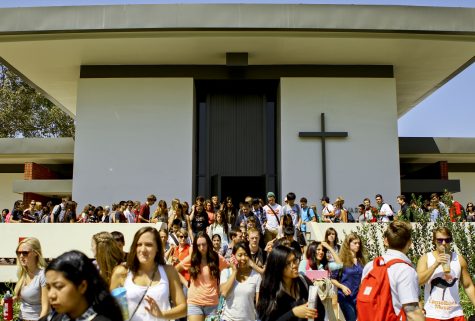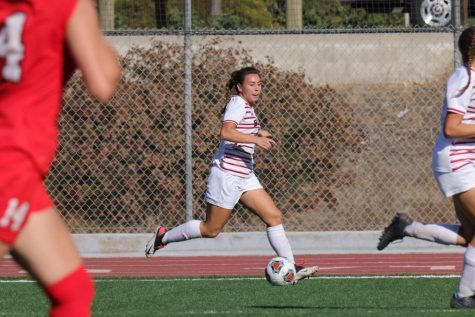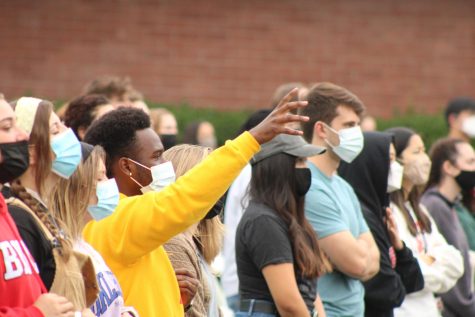Controversial conversations
Biola’s Sanctity of Life club looks to host Genocide Awareness Project’s pro-life display on campus in an effort to educate students on abortion.
April 15, 2015
Difficult discussions take place every day as a part of education, both in and outside of the classroom and between faculty members and students, friends and family. Some students take the goal of educating their peers upon themselves, forming clubs, lectures and events to facilitate these conversations. One such group of students is the Sanctity of Life club, which looks to host the Genocide Awareness Project on campus towards the end of this semester.
“The club’s mission is to educate students about the sanctity of life, so the issues we focus on are abortion, euthanasia, assisted suicide — just cultivating a culture of life, and equipping students to do that,” said senior English major Jessica Schildt. “We’re mostly educational, a lot of our events are awareness-based events. We’re talking about this and to do that, we bring in outside speakers and groups.”
The Genocide Awareness Project is a mobile display by the Center for Bio-ethical Reform that has been set up on several university campuses across the United States, and includes graphic images of abortion in an effort to educate college students on the damaging effects of abortion. These images are contrasted with images from modern and historical genocides to bring perspective to the discussion.
The GAP originally came onto the club’s radar through club member and alumna Diana Jimenez, who works for the Center for Bio-ethical Reform. The group staged a protest outside Biola’s campus in August 2013 using graphic abortion photos after Jimenez battled Biola’s administration over her display of graphic abortion images.
“We met with her and we spoke with CBR and they really wanted to do this at Biola, so we wanted to host them,” Schildt said.
As far as when exactly the display will be constructed on campus, Schildt says the club is currently working on that with Student Development, due to the size of the display.
Jimenez, who graduated from the nursing program at Biola in 2013, participated in the displays of past years similar to GAP. She said her education in nursing as well as interaction with students involved in social justice ministries helped provide the foundation for her work with CBR today.
“I was learning about how nurses have an influence in the community in regards to ethics and just as a Christian, I realized that this is an issue that is hardly talked about but is extremely important outside of Biola,” Jimenez said.
Although often very graphic in content, the displays of genocide, human trafficking and abortion that Jimenez encountered at Biola — especially during Missions Conference — helped her understand off-campus social justice issues, she said.
“There’s something to say about how effective these kinds of projects can be for people to really understand what’s happening outside of Biola and around the world,” Jimenez said.
Since there has been controversy on campus in the past over displays of graphic imagery, the Sanctity of Life club is working alongside Student Development in order to respect and keep students’ concerns in mind while retaining the effectiveness of the display.
“We’ve heard responses from students that bombarding them is not effective at all, and we want to be effective,” said Schildt. “It’s in line with Biola’s graphic images policy. We’ve been going through the steps with Student Development to make sure we’re not overstepping anything.”
The purpose of the display is not to be a shocking image but to be an educational outreach, to help students see the truth and understand the effects of abortion, said Jimenez. However, since the images are graphic, they also want to respect the students’ concerns by giving them the ability to choose whether or not to look at the images.
“I think we’d just ask students to have an open mind about it, understand what abortion is and understand how to share that with other people,” said senior history major Alicia Castelluccio. “I really would ask students to have an open mind.”







